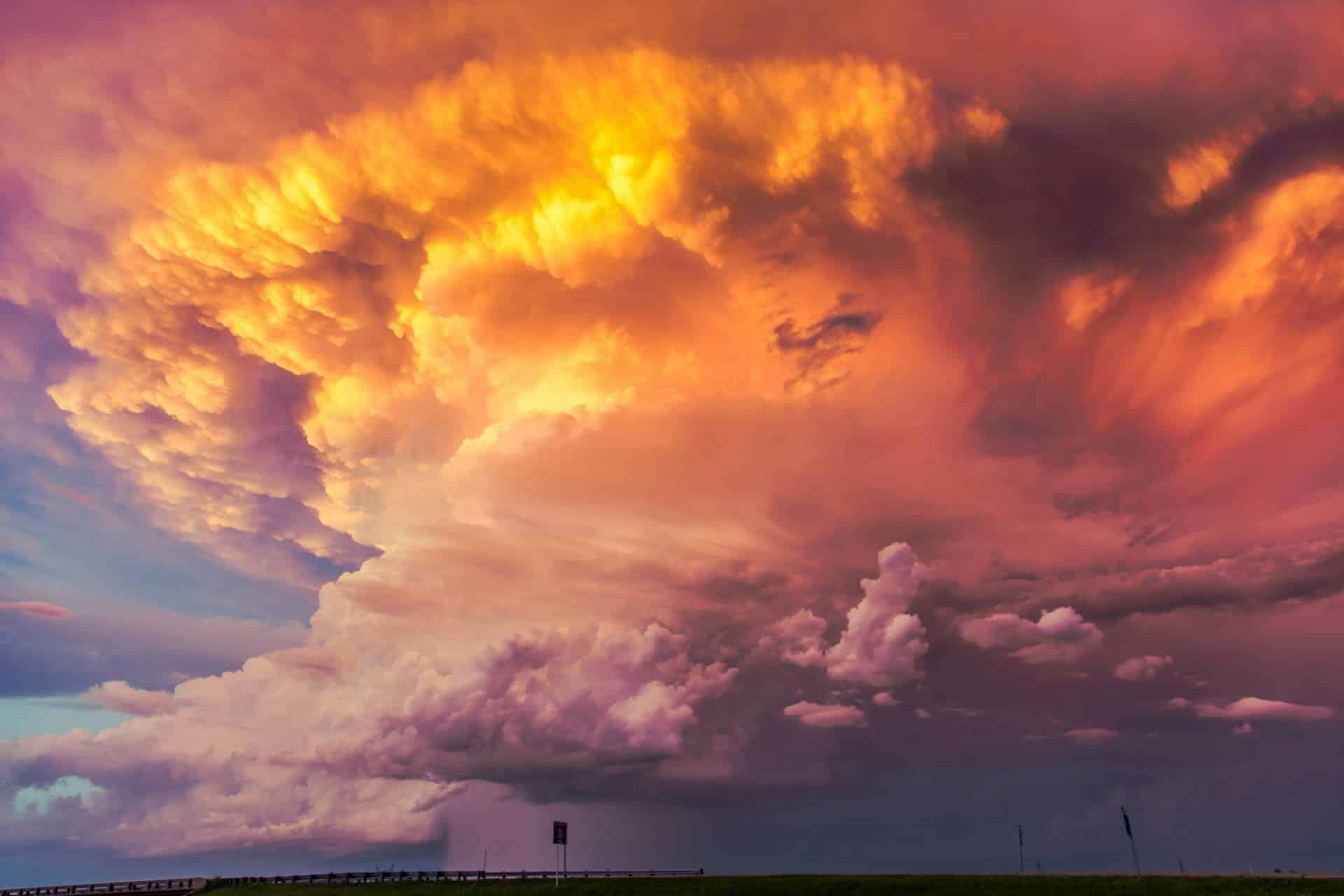Welcome to the dawn of a new era, an era where technology and science are merging to change our perceptions, understanding, and interaction with the world. Today, we’re going to delve into a thrilling topic that exemplifies this merger – quantum sensing and its potential in revolutionizing weather forecasting.
Understanding Quantum Computing
Before we dive into the specifics of how quantum sensors can transform weather forecasting, it’s vital to understand the basics of quantum computing – the technology that powers these sensors.
A lire en complément : ChatGPT for education and training
Quantum computing is a revolutionary technology that leverages the principles of quantum mechanics to process information. Unlike classical computing, which uses bits as the smallest unit of data (either a 0 or a 1), quantum computing uses quantum bits or ‘qubits’. Qubits can represent both 0 and 1 at the same time, thanks to a property called superposition. This ability allows a quantum computer to perform multiple computations simultaneously, drastically reducing processing time and boosting computational power.
Quantum computing also utilizes another key principle of quantum mechanics – entanglement. This phenomenon enables qubits to be linked together so that the state of one can instantly affect the other, regardless of the distance between them. This interconnectedness allows quantum computers to process complex datasets that would be impossible for classical computers.
Cela peut vous intéresser : How is AI transforming the field of disaster management?
The Role of Quantum Sensors
Quantum sensors operate on these very principles of quantum mechanics, enabling them to detect minuscule changes in their environment with extraordinary precision. But how does this apply to weather forecasting?
Weather forecasting today still largely depends on classical technologies and systems. Whether it’s the humble thermometer or the sophisticated Doppler radar, these technologies measure weather parameters like temperature, wind speed, and humidity to help forecasters predict weather conditions. However, their accuracy is limited, and they often provide only a partial picture of the complex climate systems that drive our weather.
Enter quantum sensors. These devices harness the principles of quantum mechanics to achieve unprecedented levels of sensitivity and accuracy. They can detect minute changes in physical quantities such as temperature, pressure, or magnetic fields, thereby providing a more detailed and accurate picture of atmospheric conditions.
Quantum Sensors: A Paradigm Shift in Weather Forecasting
Current weather prediction models are predominantly based on numerical weather prediction (NWP), which uses algorithms to predict future weather based on current conditions. However, these classical models often fall short when it comes to accurately predicting severe weather conditions such as hurricanes, typhoons, or flash floods.
Quantum sensors could be the game-changer we need. By detecting minute changes in atmospheric conditions with unparalleled precision, they can provide detailed, real-time data to feed into weather prediction models. This could significantly enhance the accuracy of weather forecasts, particularly when it comes to predicting extreme weather events.
Moreover, quantum sensors can also sense gravitational variations, which can provide valuable data about sea levels and ocean currents – critical factors in understanding and predicting climate change.
The Potential Impact on Energy Systems and Applications
Beyond improving weather forecasting, the potential of quantum sensors extends to numerous applications, particularly in the energy sector.
With climate change being a pressing issue, achieving energy efficiency and sustainability is crucial. Quantum sensors can help with this by enabling more precise monitoring and control of energy systems. For instance, they can be used to monitor grid stability or detect leaks in pipelines with unprecedented accuracy.
Moreover, quantum sensors can help in harnessing renewable energy more effectively. For instance, they can provide detailed data about wind patterns, helping to optimize the operation of wind turbines. Likewise, they can accurately measure solar radiation, helping to maximize the efficiency of solar panels.
Bridging the Gap: From Potential to Reality
While the potential of quantum sensors in revolutionizing weather forecasting and energy applications is immense, the journey from potential to reality is not without its challenges. Quantum technology is still in its infancy, and much work remains to be done in terms of developing practical, scalable quantum sensors.
Moreover, given the complexity of quantum computing, there is a significant need for talent in this field. Developing the necessary skills and expertise to harness this technology will require substantial investment in education and training.
However, despite these challenges, the promise that quantum sensors hold for weather forecasting and beyond cannot be ignored. As we continue to navigate our way through the 21st century, one thing is clear: the quantum revolution has only just begun. As we patiently wait for the full manifestation of this technology, we can only imagine how it will reshape our understanding and interaction with the world around us.
Quantum Sensors and Climate Change Mitigation
With climate change being one of the greatest challenges of our time, the role of quantum sensors in understanding and mitigating its effects cannot be overstated. Quantum sensors are capable of providing high-resolution, accurate data on various environmental parameters, making them highly potent tools in climate change research and mitigation efforts.
At the heart of their utility in climate change mitigation is their ability to detect minute changes in temperature, pressure, humidity, and gravitational variations. This precision could allow scientists to monitor climate change indicators more effectively, providing more extensive data sets that could inform climate models and forecasts.
For instance, quantum sensors’ ability to sense gravitational variations could provide valuable data about sea levels and ocean currents. This information is vital for understanding the rate at which polar ice is melting, a key indicator of climate change. By providing accurate, real-time data on these parameters, quantum sensors could significantly contribute to our understanding and prediction of climate change patterns.
Moreover, quantum sensors could also play a significant role in monitoring and mitigating the impacts of climate change on biodiversity. They could be used to monitor changes in habitat conditions, track animal migration patterns, and detect changes in plant growth rates, all of which are affected by climate change.
Conclusion: Quantum Leap to a Better Future
As we stand on the brink of a new era of quantum technology, the potential applications of quantum sensors in weather forecasting and climate change mitigation are exciting. Their extraordinary precision and sensitivity could provide us with a far more detailed and accurate understanding of our world, enabling us to predict and respond to environmental changes more effectively.
However, like all emerging technologies, quantum sensing has its challenges. Quantum computing is a complex field, and the development of practical, scalable quantum sensors requires significant investment in research, development, and education. Moreover, the integration of quantum sensors into existing weather forecasting and climate research infrastructure is a complex task that will require careful planning and coordination.
Despite these challenges, the potential benefits of quantum sensing in weather forecasting and climate change mitigation are too significant to ignore. Quantum sensors could provide us with a previously unattainable level of detail and accuracy in our understanding of the world, paving the way for more effective responses to weather events and climate change. They represent a promising leap forward in our quest to understand and protect our planet.
As the quantum revolution dawns, it’s clear that we’re standing at the threshold of a new era in weather forecasting, climate research, and environmental management. With their potential to transform these fields, quantum sensors are a beacon of light, guiding us into a future of greater certainty and resilience in the face of environmental change. As we continue to explore and harness the power of quantum technology, we can look forward to a future of improved weather forecasting, enhanced climate change mitigation, and more sustainable stewardship of our planet.











